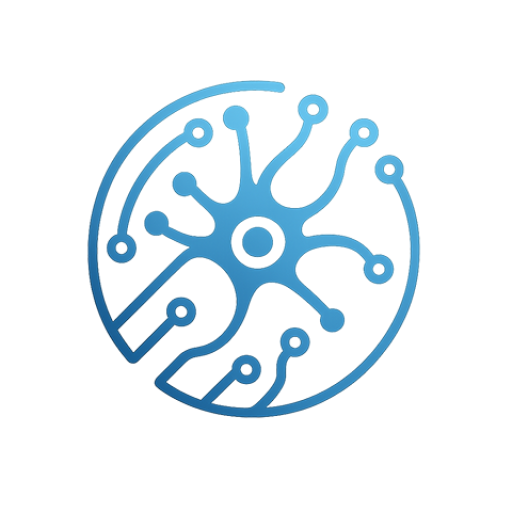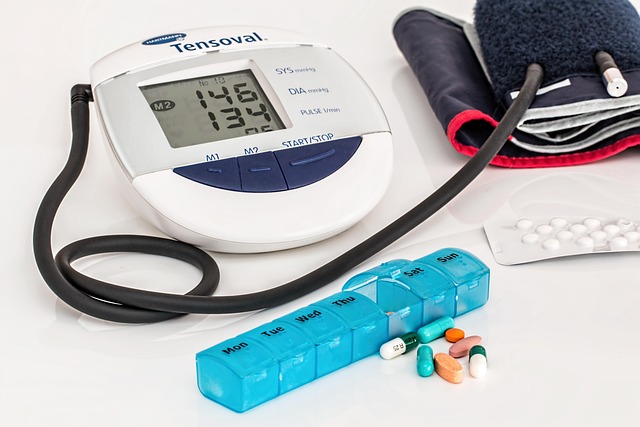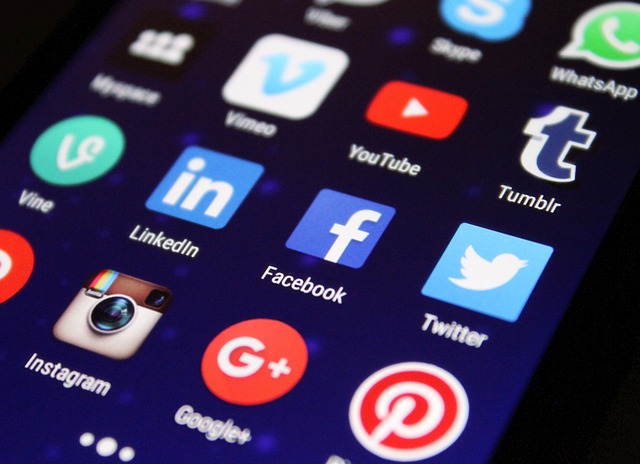In recent years, the convergence of technological innovations and healthcare has spawned a transformative wave that is rewriting the rules of medical practice. At the forefront of this revolution is telemedicine based on AI, which is reshaping how we perceive and access healthcare. The traditional barriers of distance, time, and even availability of specialists are being dismantled, allowing patients to receive highly personalized care from the comfort of their homes.
AI-driven telemedicine platforms utilize advanced algorithms to streamline triaging processes, ensuring that patients receive appropriate care faster than ever before. For instance, these solutions implement machine learning to analyze patient symptoms and recommend the next best steps, whether it’s a virtual consultation or an immediate visit to a healthcare facility. This significant leap in healthcare technology not only enhances efficiency but also ultimately leads to better patient outcomes.
Moreover, AI-powered telemedicine helps bridge gaps in underserved communities. With just an internet connection, individuals can access healthcare professionals they wouldn’t otherwise be able to consult, breaking geographical constraints. Patients in rural areas, for example, can interact with specialized doctors thousands of miles away, opening doors to expert advice, timely diagnoses, and treatments that were once out of reach.
The impact of these health innovations extends beyond access. Personalized healthcare plans are now more attainable thanks to AI’s ability to sift through large datasets to find patterns in patient behavior and treatment responses. This capability allows healthcare providers to tailor their approaches based on an individual’s unique health history and needs—making every consultation not just another appointment, but a significant stepping stone in a patient’s journey toward wellness.
As we delve deeper into this brave new world of telemedicine based on AI, we see the potential for continuous monitoring. Wearable technology, integrated with AI analytics, can provide real-time data that healthcare professionals can use to adjust treatments proactively. This ongoing feedback loop creates a paradigm where patients no longer merely react to illnesses but actively manage their health conditions, supported by insights derived from intelligent technology.
Even in moments of crisis, AI-driven telemedicine proves invaluable. During the recent global pandemic, healthcare systems were challenged to continue supporting patients who were reluctant or unable to seek in-person consultations. Telemedicine stepped up as a lifeline, offering secure, virtual visits to millions and providing necessary support while minimizing exposure risks. The heightened demand for these services showcased their importance and effectiveness, establishing a new standard in healthcare delivery.
As we look ahead, it’s vital to recognize that telemedicine based on AI is more than a temporary solution; it’s a surge toward redefining what healthcare means in the 21st century. With ongoing advancements in natural language processing and image recognition, the capabilities of AI in telemedicine will only continue to evolve, driving innovations that will revolutionize patient care. From intelligent chatbots helping with preliminary diagnostics to AI-assisted imaging helping doctors identify subtle patterns, the integrations seem boundless.
Overall, as both technological and health innovations continue their rapid evolution, we find ourselves at the precipice of a healthcare revolution that prioritizes patient-centric models while leveraging the incredible capabilities of artificial intelligence. The future looks promising; a world where hassle-free access to healthcare is a reality rather than a dream is within our grasp. By embracing these advancements, we can shape the landscape of healthcare for generations to come.




